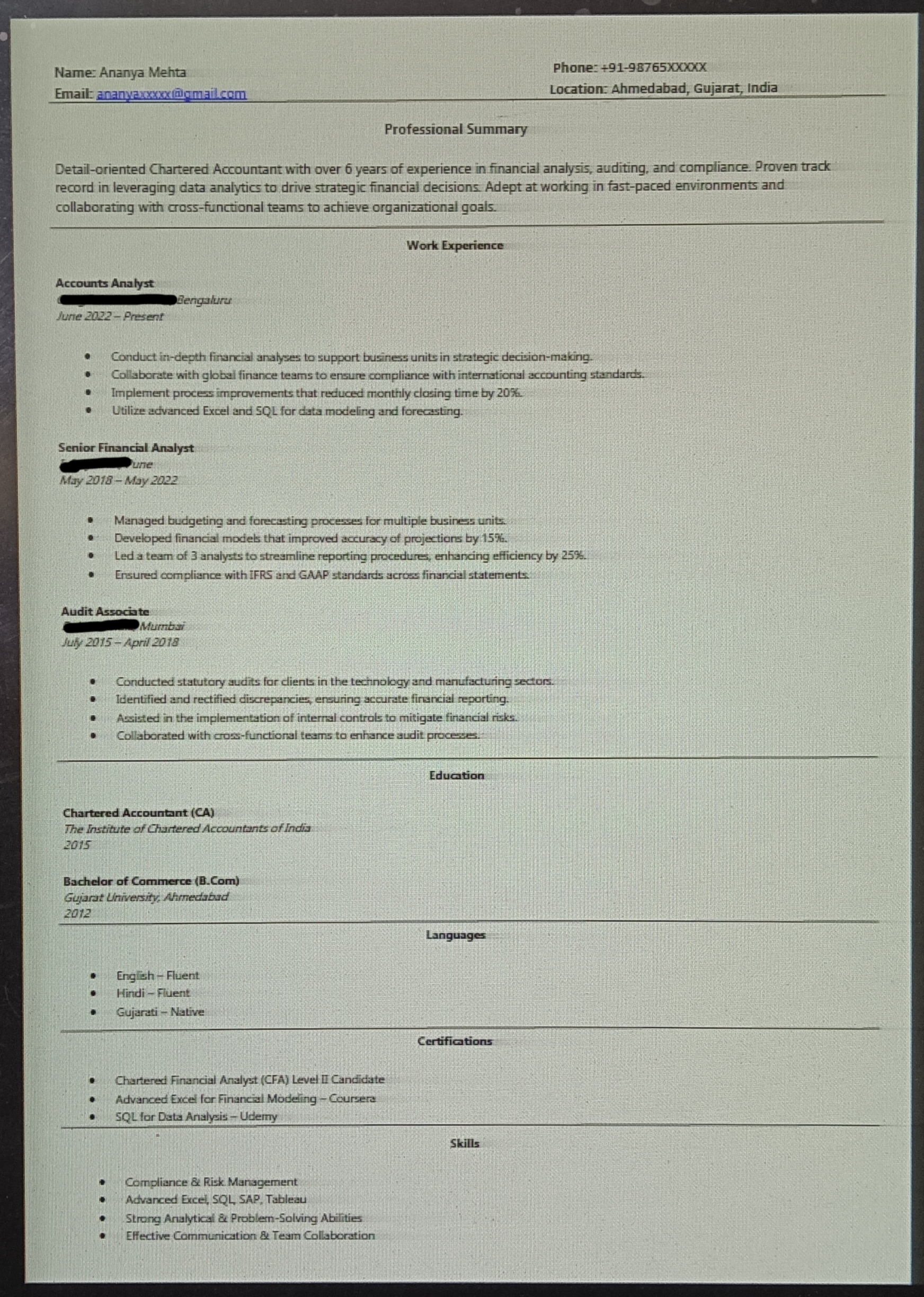Finance and all…Oh Gosh! Let me take a sip of water.
This is the reaction of most of the newbie earners, even GenZ & millennials.
Honestly speaking, such finance management things have found it’s place in the
lower down most drawer of the cabinet of all to do’s. Here, blaming any
individual won’t be the good thing, as our schools and even colleges covers the
ocean sized syllabus but I feel so sorry to say, students after the hangover of
grade race, they feel….tan…tann….naaa, my worth is just 10k to 20k in the
market. Where to use those topics, which I used to mug up entire night?
[Situation described here depicts the average student who studies aimlessly]
When it comes to our housewives/homemakers, most of them are of the
thought that such things are more masculine in nature!!! So what is the
solution and what this (yet
finding place in people’s heart) Personal Finance Management is?
First, we have to open that lower down most drawer and place that
important thing in the top foremost
drawer, i.e. Personal Finance. Steps in stairs of
personal finance starts with understanding finance and than comes the point of managing it.
First, find answer
to these questions
·
How much money do you need
for yourself and your family on basic necessities?
·
How much money will you
need in future on the same necessities but considering inflation rate?
·
Is your job or business
generating enough cash flows for you?
·
How much do you spend
casually on fun and entertainment and how much will you need in future
(considering inflation)?
·
What is your retirement
plan, expected corpus or investment pattern during your retirement that you
will be requiring after your 60’s?
Now track your
current expenditures and monitor your ongoing liabilities (loans and all)
·
Your expenditures on
luxuries that you can save.
·
Your unplanned
expenditures (like in window shopping, we generally end up buying unplanned 2
or 3 in place of planned 1).
·
Your vacation expenses
annually (after considering allowances by company in case of salaried employee)
·
Ratio of your earnings
going in EMI and value from the asset you bought on EMI
Last is your saving
and earning pattern (Do you follow Warren Buffett saying : Spend what is left
after Saving)
·
Your current salary and
business income (annual or monthly)
·
Your current savings out
of your salary or profits from business or profession
·
Your investment in fixed
earning schemes like fixed deposits, gold
·
Your investment in Equity,
ETF, MF
·
Your long term investment
like Provident fund, Govt. Schemes, etc.
Now after all these steps, calculate your total earnings and match it
with current expenditures and forecasted
expenditures. This is not a comprehensive guide on managing finance. This was
just a spark to ignite you internally so that you give it a serious thought, in
case you haven’t given yet.
Cut down on useless areas and try to enhance your saving pattern.
Allocate the income as per various categories, for e.g. such amount for
food, such for rent/EMI and so on….




